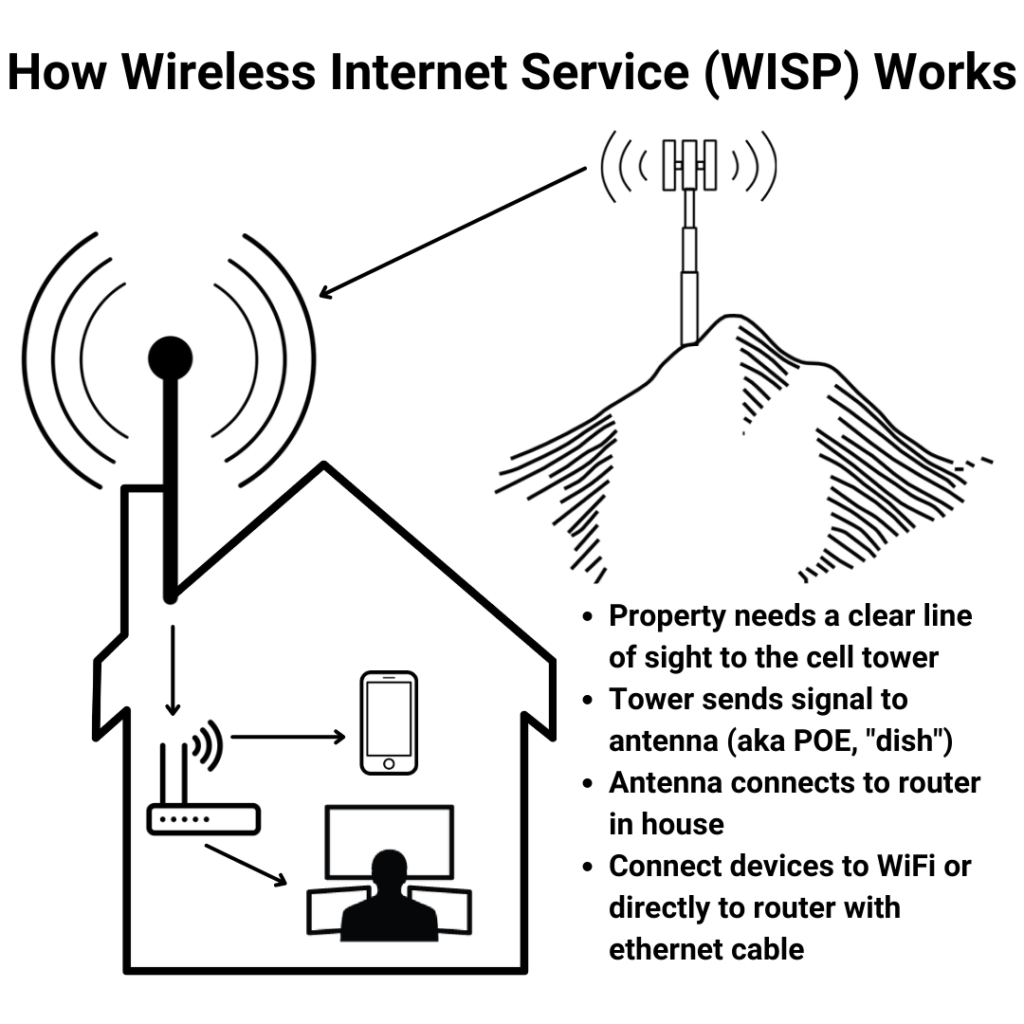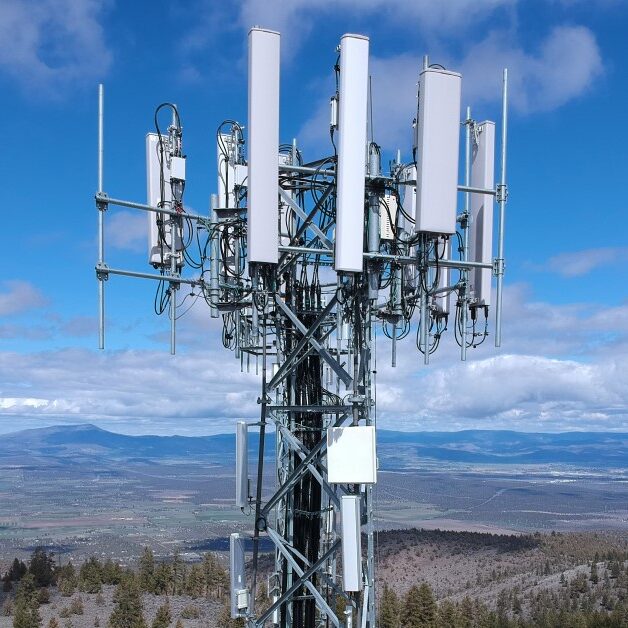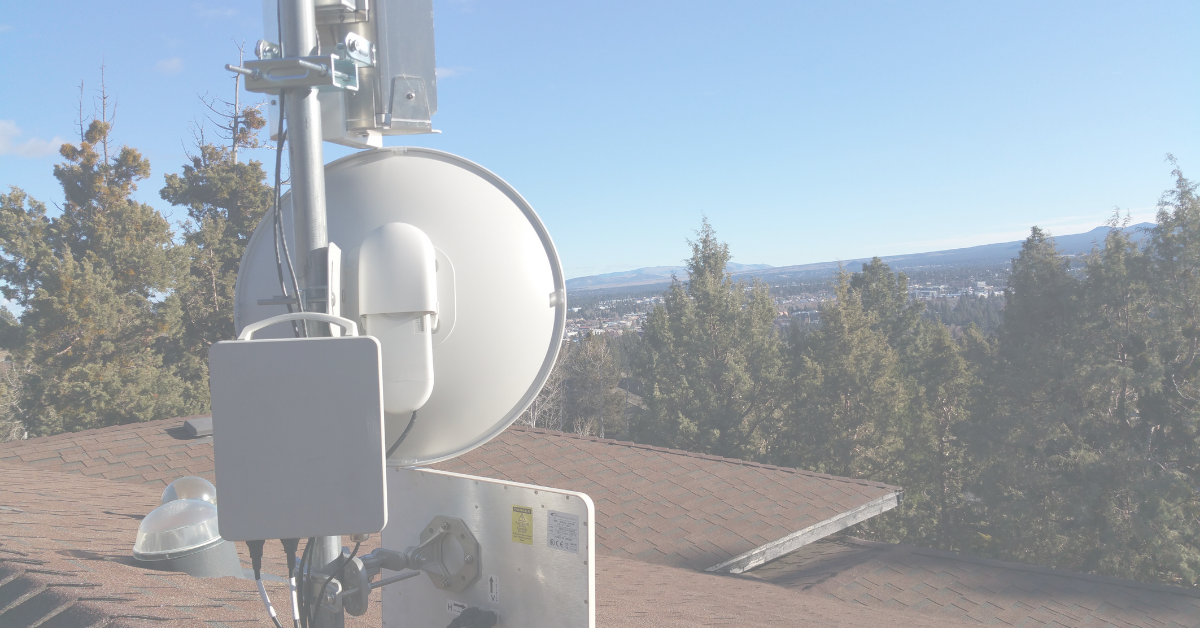If you have never had internet service from a WISP, you probably don’t know much about them. Fixed wireless internet service is most popular in rural areas where DSL, cable, and fiber internet are not always available. Wireless internet service can also be available in urban areas but tends to be less utilized. WISPs are a great option whether you need rural internet service that is fast and reliable or you want to get your internet from a local small business.
1. What is a WISP?

WISP stands for wireless internet service provider. An ISP is an internet service provider (in general). WISPs provide wireless internet service via transmitters located on communication towers. Webformix is the top-rated WISP in Central and Southern Oregon, but others do exist. WISPs are important because they are usually locally owned and operated internet companies. Their service areas are most often places where rural broadband internet is otherwise unavailable.
2. How does a WISP work?
A WISP works to serve you with wireless internet by placing radio antennas on communications towers. Those antennas transmit internet signals to an antenna that is mounted to your home. The antenna on your home works as a modem and connects to a wireless router. That router is what gives you WiFi. You can also connect to the router directly with an ethernet cable for a stronger connection.
3. What is terrestrial wireless?
Terrestrial wireless is another term for fixed wireless internet. The term terrestrial is used because signals come from communication towers that are on land and do not travel to space like satellite internet.
4. What is a WISP access point?
The wireless internet transmitter on the communications tower is the WISP access point. The access point is a device used to provide internet connectivity for multiple client devices.
5. What is a WISP network?
The WISP network consists of all of the communication tower transmitter sites and additional infrastructure sites like repeaters and “WISP backhauls.” All of this infrastructure combined forms a network that provides you with fixed wireless internet service.
6. What is a WISP backhaul?
A WISP backhaul is a specialized transmitter that creates a high bandwidth link between two towers that disperse wireless internet signal to the client’s transmitter (on their home).

7. What is WISP WiFi?
WISP WiFi is an abbreviation, well, two abbreviations. WISP stands for wireless internet service provider. WiFi is thought to stand for wireless fidelity, but that’s not actually a thing. WiFi is a wireless internet signal that is dispersed by a router. WISP WiFi is simply home internet that is provided by a fixed wireless internet company.
8. How fast is WISP internet?
Webformix is a WISP with internet speeds that can reach up to 200 Mbps download speed and 20 Mbps upload speed. The top speed of fixed wireless internet can vary by location and the type of technology used.
9. Is wireless internet radio waves?
Yes, wireless internet signals are radio waves. Most often they utilize the 2.4 GHz and 5 GHz wavelengths. These wavelengths are safe but they are becoming crowded. Since the FCC does not require special licensing to use them, the 2.4 GHz wavelength is also used for baby monitors, TV remotes, and garage door openers. Your kitchen microwave actually operates on a higher wavelength, 2.45 GHz.
10. What is a point-to-point wireless network?
A point-to-point wireless network is also called a point-to-point wireless bridge. When you need internet in multiple structures that are some distance apart you can use a point-to-point system to extend the range of your wireless internet. A good example of this is when a Webformix client has fixed wireless internet in their home but wants to extend the signal to a workshop on their property. A WiFi signal extender would not be strong enough. However, a point-to-point system can bring the internet to the outbuilding. The point-to-point system works without installing a second radio antenna (dish) and uses one internet connection instead of two separate ones. If the outbuilding is out of range of a point-to-point system you would likely need to install a separate connection with its own radio antenna.



Recent Comments